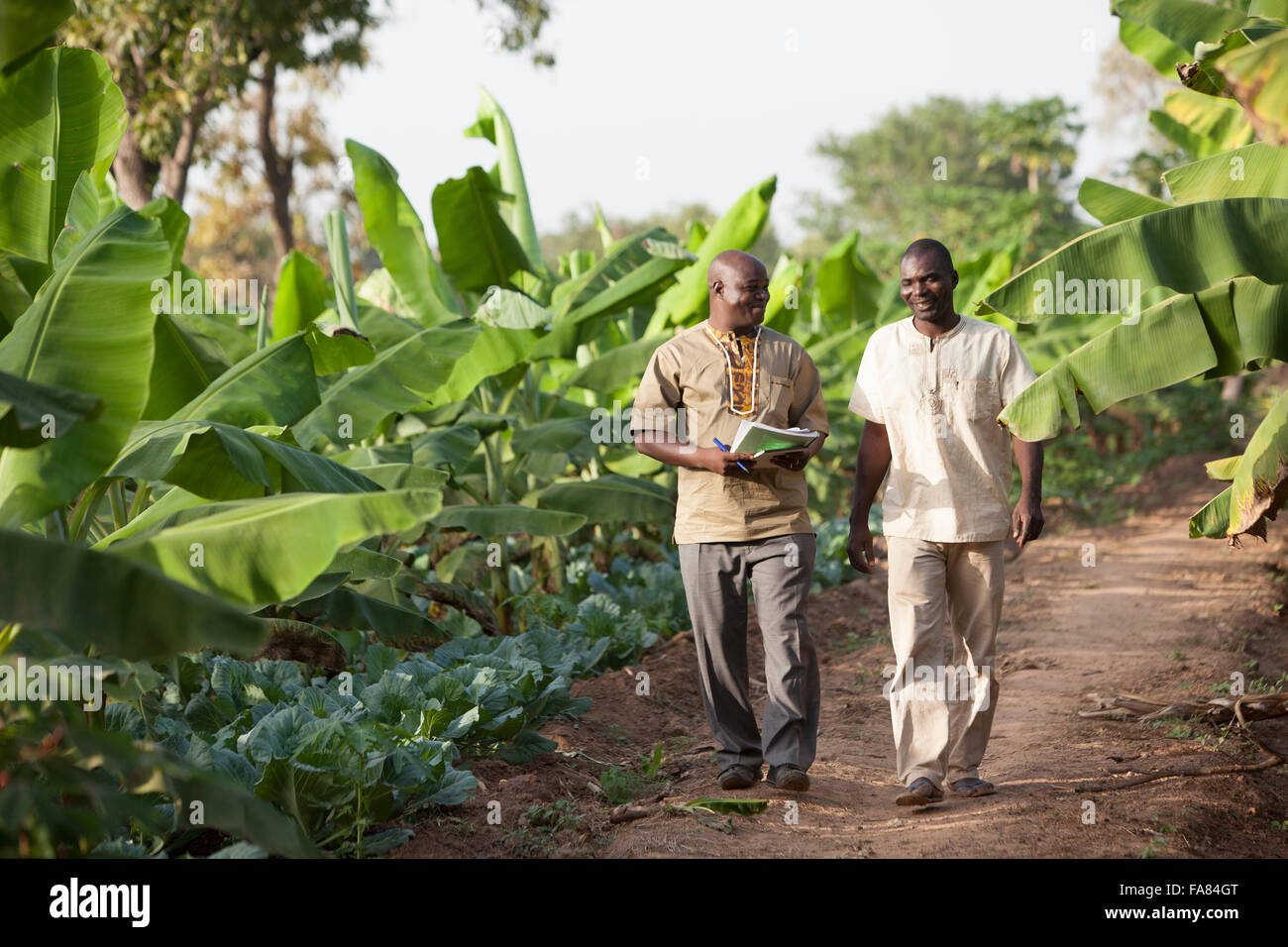Discovering the Distinctions In Between Commercial Farming and Subsistence Farming Practices
The duality in between commercial and subsistence farming methods is marked by varying goals, functional scales, and source utilization, each with extensive effects for both the environment and culture. On the other hand, subsistence farming emphasizes self-sufficiency, leveraging standard approaches to sustain home demands while supporting community bonds and social heritage.
Economic Objectives
Economic objectives in farming techniques frequently determine the techniques and scale of procedures. In industrial farming, the primary financial purpose is to optimize earnings. This calls for an emphasis on performance and efficiency, attained via sophisticated technologies, high-yield plant selections, and substantial use plant foods and chemicals. Farmers in this design are driven by market demands, intending to produce big quantities of assets for sale in worldwide and national markets. The focus is on accomplishing economic situations of scale, making sure that the cost per unit output is lessened, therefore enhancing productivity.
In contrast, subsistence farming is mainly oriented towards meeting the immediate needs of the farmer's family, with surplus manufacturing being marginal - commercial farming vs subsistence farming. While commercial farming is profit-driven, subsistence farming is focused around sustainability and strength, mirroring a basically different collection of economic imperatives.

Scale of Procedures
The difference between business and subsistence farming comes to be particularly noticeable when taking into consideration the range of procedures. Business farming is defined by its large-scale nature, typically including substantial systems of land and using advanced machinery. These operations are commonly integrated right into international supply chains, generating large amounts of plants or livestock planned to buy in international and domestic markets. The range of industrial farming allows for economic situations of range, causing decreased costs per device with mass manufacturing, increased effectiveness, and the capability to buy technological developments.
In raw comparison, subsistence farming is generally small-scale, concentrating on generating just sufficient food to satisfy the prompt needs of the farmer's family or local neighborhood. The acreage entailed in subsistence farming is commonly limited, with much less accessibility to contemporary technology or automation. This smaller sized range of operations shows a reliance on standard farming methods, such as hand-operated labor and basic devices, leading to reduced performance. Subsistence ranches focus on sustainability and self-sufficiency over profit, with any type of surplus normally traded or bartered within regional markets.
Source Use
Commercial farming, characterized by large-scale procedures, frequently employs innovative modern technologies and mechanization to enhance the use of sources such as land, water, and fertilizers. Accuracy agriculture is significantly adopted in commercial farming, making use of data analytics and satellite innovation to check crop wellness and maximize source application, more boosting return and source effectiveness.
In comparison, subsistence farming operates on a much smaller range, primarily other to satisfy the prompt needs of the farmer's family. Resource utilization in subsistence farming is commonly limited by monetary restraints and a dependence on conventional strategies.
Ecological Influence

Alternatively, subsistence farming, exercised on a smaller scale, normally employs conventional methods that are more in harmony with the surrounding setting. Plant turning, intercropping, and organic fertilization prevail, promoting dirt health and lowering the demand for synthetic inputs. While subsistence farming typically has a lower ecological impact, it is not without obstacles. Over-cultivation and inadequate land management can result in dirt disintegration and deforestation in many cases.
Social and Cultural Ramifications
Farming methods are deeply linked with the social and social textile of communities, influencing and showing their values, customs, and economic structures. In subsistence farming, the focus is on growing enough food to meet the prompt requirements of the farmer's household, usually promoting a strong feeling of neighborhood and shared obligation. Such practices are deeply rooted in neighborhood customs, with knowledge gave with generations, thus maintaining social heritage and reinforcing public ties.
Conversely, business farming is mainly driven by market demands and earnings, typically resulting in a change towards monocultures and large operations. This strategy can result in the disintegration of standard farming practices and social identifications, as regional customs and understanding are supplanted by standard, industrial techniques. The focus on effectiveness and earnings can in some cases lessen the social cohesion discovered in subsistence areas, as economic deals change community-based exchanges.
The dichotomy between these farming methods important source highlights the more comprehensive social implications of farming selections. While subsistence farming supports cultural connection and area interdependence, industrial farming straightens with globalization and financial growth, typically at the price of typical social structures and multiculturalism. commercial farming vs subsistence farming. Balancing these aspects stays a critical challenge for sustainable farming development
Conclusion
The exam of commercial and subsistence farming techniques discloses considerable distinctions in goals, scale, source usage, ecological effect, and social ramifications. Conversely, subsistence farming emphasizes self-sufficiency, making use of regional resources and traditional approaches, consequently promoting social preservation and community communication.
The dichotomy in between industrial and subsistence farming practices is noted by differing purposes, operational scales, and source usage, each with extensive ramifications for both the atmosphere and culture. While industrial farming is profit-driven, subsistence farming is centered around sustainability and strength, showing a fundamentally various set of financial imperatives.
The difference in between business and subsistence farming ends up being particularly obvious when thinking about the scale of operations. While subsistence farming sustains cultural continuity and neighborhood interdependence, business farming aligns with globalization and financial growth, commonly at the expense of typical social structures and social diversity.The exam of commercial and subsistence farming techniques discloses considerable distinctions in purposes, scale, source use, ecological impact, and social effects.
Comments on “Recognizing the Impact of Commercial Farming vs Subsistence Farming on Local Economies”